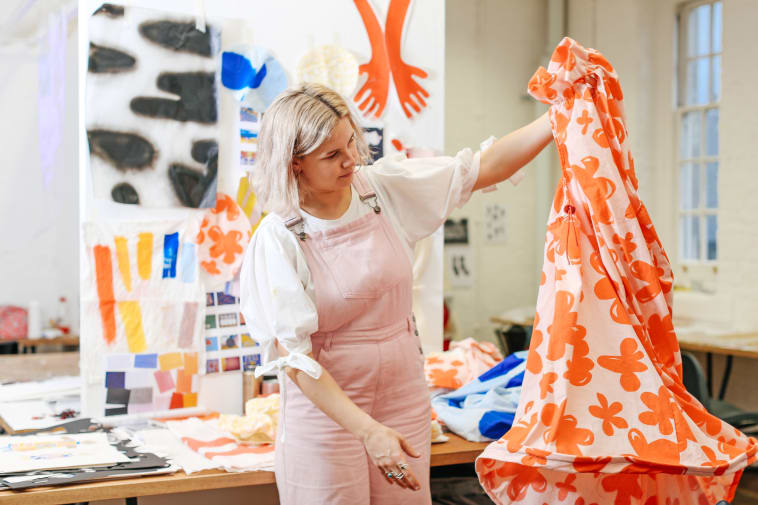Creating, using and sharing your content online
Uploading a project to UAL Showcase is a great way to get your work seen, make new connections and develop your creative identity. It’s important that you understand the value of your intellectual property (IP) and the rights of others to ensure that you fully benefit from working in a digital space.
This guidance is not definitive due the nuances and diversity of the law and creative practice. However, it will help you to identify where you should consider IP when deciding what content to upload. For further information about protecting and managing your rights, take a look at UAL's IP module.

| Photograph: Ana Escobar
What is intellectual property?
Intellectual property (IP) is a set of international legal rights that are designed to protect the financial and reputational elements of your work and the work of others. Equally, they ensure that others benefit from your contribution to society and encourage healthy collaboration. They protect expressions of your idea, rather than the idea itself: e.g. a sketch, a digital photograph or a sound recording. Copyright protects most creative works, lasts for the life of the creator plus 70 years, and exists as soon as you create something.
When to think about IP
From the moment you have an idea to the time you work in industry, IP is important at every step of the way. Understanding it will help to ensure you manage your relationships, reputation and potential revenue opportunities effectively. Learn more about how IP works in the Intellectual Property (IP) Module designed with creatives for UAL creatives.

Protecting your work
You’ve created something. It might be a film documenting the impact of climate crisis, a digital platform showcasing socially responsive design, or a piece of wearable tech to aid those with visual impairment. Whatever motivates you to create, most ideas will also have some cultural and social value in addition to potential commercial gain.
It’s important that you understand what you can protect and when to protect it, to ensure you and others fully benefit from your work. Remember:
- Keep good records of your creative process, including all conversations, storyboards, digital files, rushes, prototypes, renders etc. and always sign and date them.
- When sharing content online, be selective about what you share. For example, if you are working on anything that might need to be trademarked (to protect your brand and reputation), it’s better not to disclose anything online that could compromise your ability to register your rights.
- When sending examples of your work to others, think about marking it ‘confidential’, only share what you need to at that point and state clearly in writing why you are sharing it.
- When publishing content online, think about watermarking files and always use the © symbol to assert copyright in your work.
- Always take a screen shot and timestamp to record your creative process when sharing on social media.

What to consider when uploading content to UAL Showcase
Owning IP in your work
You own the IP in any content you create at UAL. Refer to UAL’s IP Policy for further guidance and for when exceptions apply. Refer to the UAL Showcase terms of use to understand how IP in your content is managed on this platform.
Remember:
- You can own IP in your work but if you feature the work of others, permission may be required.
- If you have collaborated with others, be clear on who owns the IP in the content as this will affect how it can be shared, used and represented.
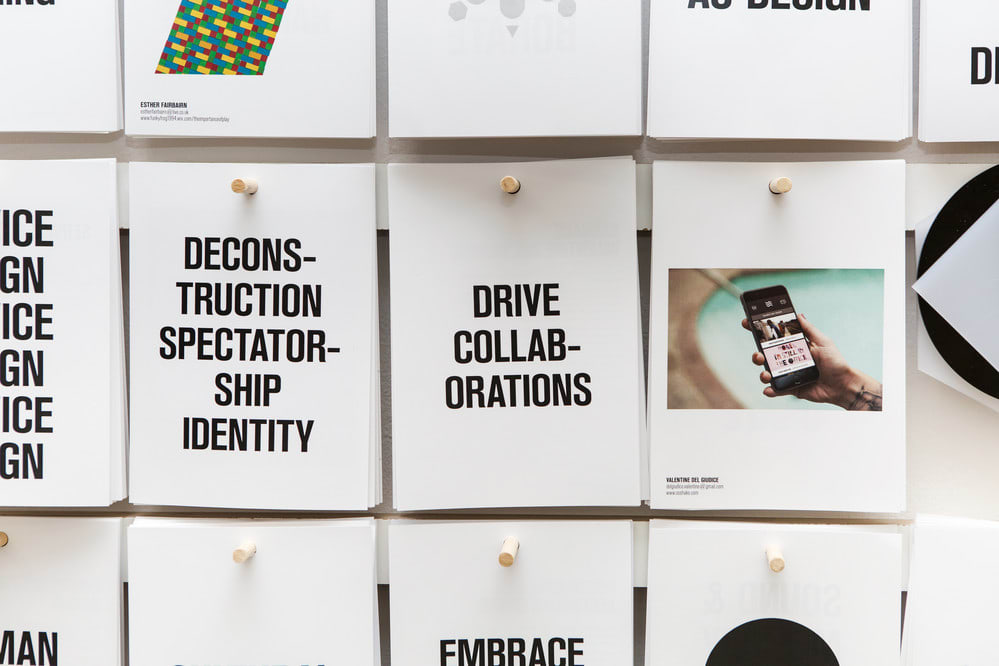
| Photograph: Lewis Bush
Using works belonging to others (third-party content)
The content you want to showcase may reference others, appropriate other people’s work or include content that is considered sensitive. This might be work you are creating for your own practice, in collaboration with others, or for others. In practice, it’s become a cultural norm to share online; in some cases people may not assert copyright in their work, actively encouraging remixing and re-sharing. However, to make sure you are using a work fairly, it’s essential you know what the copyright status and terms of use are.
If someone other than you took photographs of your work, make sure you have their permission and credit them when using the images.
Remember: It’s your responsibility to ensure that relevant permission has been obtained from others before uploading content to the platform.
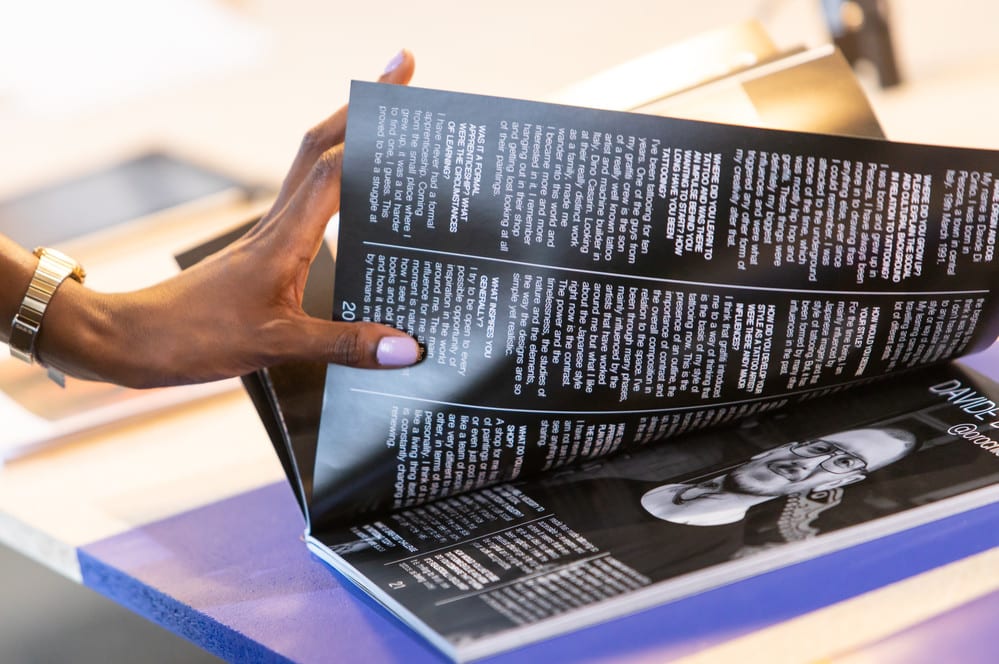
| Photograph: David Poultney
Using content sourced from social media and other digital platforms
All social media platforms and most websites have terms and conditions that set out guidance both for the copyright owner and for someone wanting to use the sourced content. The terms and conditions will include:
- What the platform can use content for.
- What responsibilities the copyright owner has when uploading content.
- What responsibilities a user has when accessing and downloading content.
Be familiar with these terms when sourcing content for your own inspiration and reference.

Knowing when to seek permission to use third-party content
Legally, permission is required to copy works protected by copyright. This might include images, text, music and film clips you have sourced online. It might be that you have interviewed or filmed someone. If you want to feature them in your final presentation, you need consent.
In practice, this can be time-consuming, expensive and complex. However, in these circumstances it’s important to secure permission in writing to ensure that your work and reputation is not compromised at a later date. There are many myths about how much you can use or change for something to be acceptable use. Be aware of these myths and remember that using a few seconds of a song, or changing a fashion garment seven times will still be a risk if permission is not obtained.
If it’s purely for reference and inspiration, rather than appropriation and integrating existing elements into your work, it may be considered what is known as ‘fair dealing’ in the UK and ‘fair use’ in the USA. It will depend on a number of factors including the amount taken, the reason for using the work and the consequences of using the work. Learn more about fair dealing and when it might apply to the way you want to express your work.
Think about:
- Why you want to use someone else’s work. Would you consider the use fair if someone used your work in that way without your permission?
- Whether you have only taken what you need to convey your message.
- What risk you are willing to take if you proceed without seeking permission and what impact this could have on your reputation.
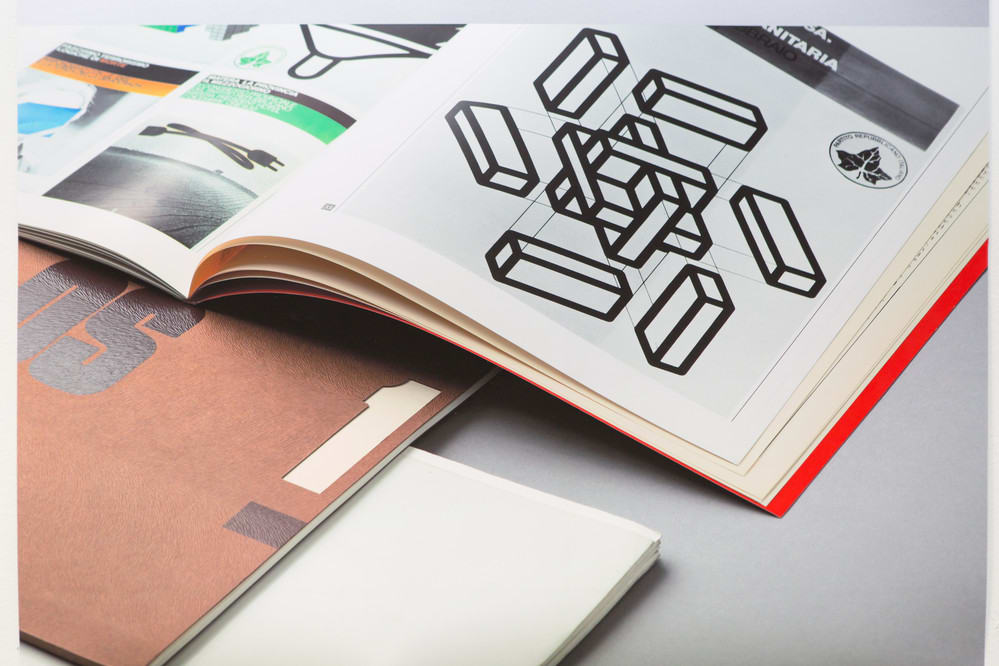
| Photograph: Lewis Bush
Understanding when you can freely use third-party content
There is no universal way to manage the sharing and use of all online content. In some cases, a creative will make their work freely available for reuse; particularly if the primary reason to create was not commercial one. An example might be sourcing an audio file on SoundCloud made available under a Creative Commons licence. These licences help you as a creative to manage your work, but also understand how you can use the work of others. There any many resources that provide images, sound recordings and videos that are free of use and re-use and, where possible, encourage access to promote creativity and innovative practice.
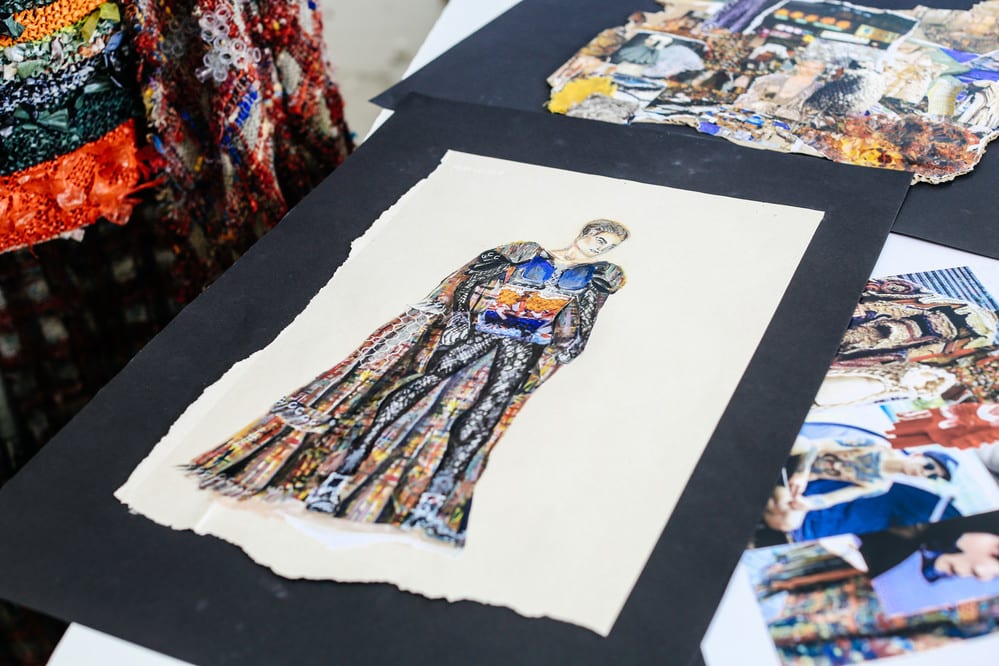
| Photograph: Alys Tomlinson
Appropriating other people’s work
Appropriation is taking something someone else has created for your own use and making minor changes to it. As creativity is subjective and is often inspired by others, it’s easy to appropriate existing content and in some cases that might be the essence of your work. It’s important that IP law does not compromise freedom of artistic expression, but you will need to be able to convey your intentions when you created the work. Think about:
- Whether you have transformed an existing work enough for it to be a new work.
- The message you want to get across.
- Being as original as possible to develop your own style, identity and reputation.
- Being creative in your decisions when choosing content to include.
- Being respectful of others’ cultural heritage, expressions and values
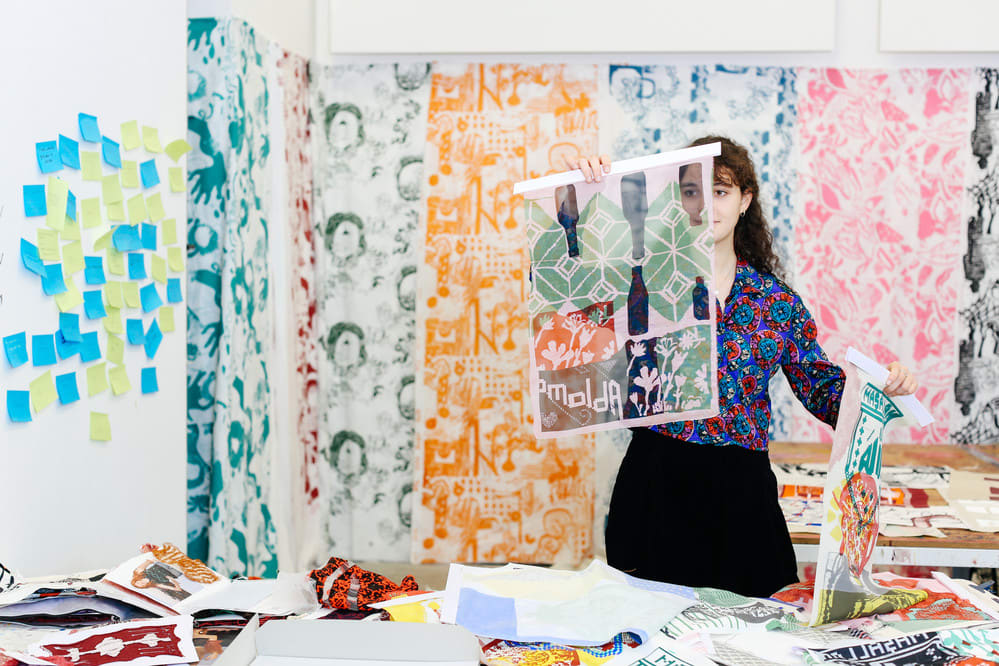
| Photograph: Alys Tomlinson
What to share online
You can upload up to 10 files representing your work. Think creatively and carefully consider what you want to share at this moment in time. If you are uncertain about the IP status of any of the content, think about the potential risk of promoting your work without obtaining permission where relevant, versus keeping this work offline.
Share what you feel comfortable sharing. Sometimes less is more. Give people a taster and encourage future conversations. Maximise potential collaboration and connections with healthy management of your IP.
For further guidance, please refer to UAL's IP module and see UAL’s IP Learning Guide for a quick overview.

| Photograph: Alys Tomlinson

